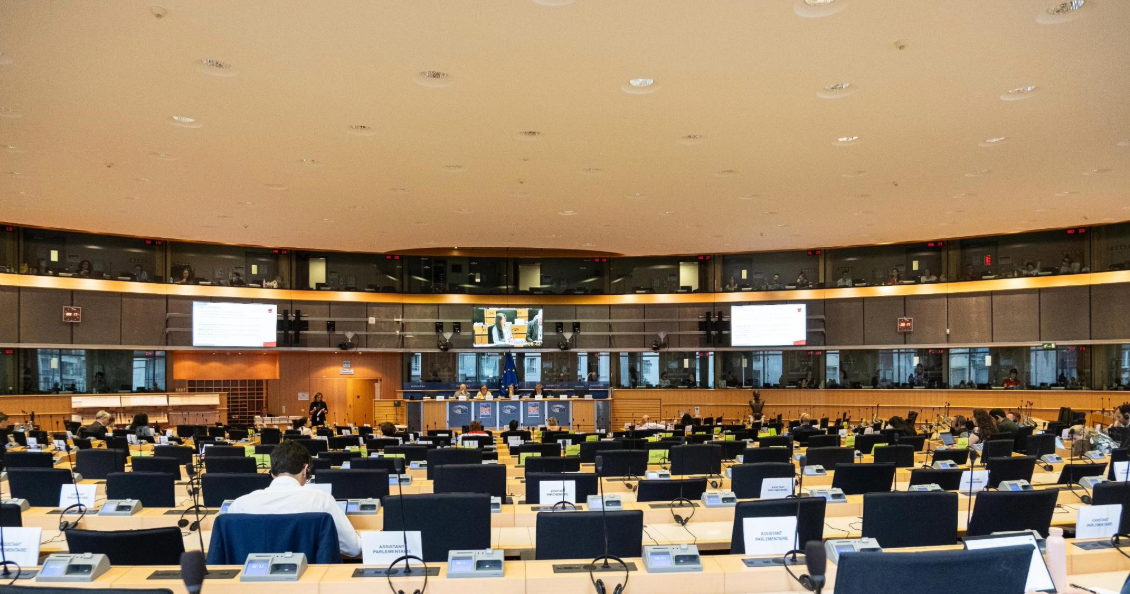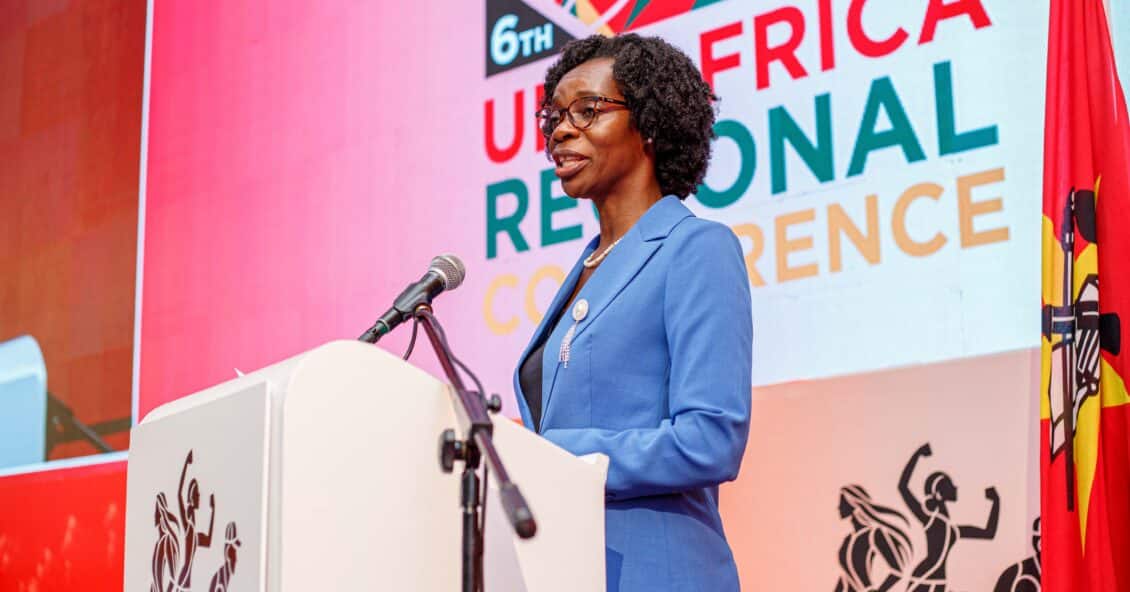CHARTING A GREEN PATH TOWARD A CIRCULAR ECONOMY AND A NET-ZERO CARBON FUTURE BY 2050
23.08.22
Cover photo: The Heritance Kandalama Hotel in Sri Lanka features the Kachchan swimming pool that blends in seamlessly with the waters of the Kandalama Lake, an irrigation tank believed to be built by King Saddha Tissa (137-119 BC), which demonstrates how thoughtful economic development can take place without compromising the environment and heritage conservation. Photograph: J Priyalal.
Climate crisis: A collective challenge
In 2021, nearly two hundred countries adopted the Glasgow Climate Pact at the 26th Summit of the Conference of Parties (COP26). The COP26 significantly revised the original climate pledges made at the historic 2015 Paris Agreement, which saw governments agreeing to limit global temperature rises to 1.5C and to keep them “well below” 2.0C above pre-industrial times. But with the average global temperature already rising by about 1.1C, decisive action must be taken if the world wants to avoid the dangerous impacts of extreme weather and rising sea levels.
The international scientific consensus is that greenhouse gas emissions must be cut to as close to zero as possible by 2050, i.e. net-zero. This requires rapid, far-reaching and unprecedented changes in all aspects of society as we know it today.
The Asia and Pacific region is vital to achieving the net-zero target when it hosts four of the top ten countries emitting greenhouse gases (2020 data). However, many countries in the region cannot swiftly move away from the linear “take-make-dispose” economic model that maximises growth to the detriment of the environment. Some are also locked into the linear model just to earn sufficient revenues to service their heavy international debts.
Circular economy as a way forward
There is an urgent need to move away from the existing linear economic model driving emissions yearly.
Despite the global commitments made since the 2015 COP, global greenhouse gasses have reached a new record high in 2021, rebounding even higher after the lows induced by the pandemic lockdowns in 2020. A possible solution lies in adopting the circular economy model characterised by the 9-Rs concept of “Refuse, Reuse, Reduce, Redesign, Repurpose, Re-manufacture, Repair, Refurbish and Recycle.”
The model proposes a systematic approach that combines economic opportunities while seeking better environmental and social outcomes. Governments are warming up to the potential of the circular economy framework to encourage competitiveness and develop more resilient supply chains. Enterprises could also remodel operations that reduce their carbon footprints while reducing costs, increasing revenues, and managing climate-related risks. The benefits of the circular economy model can also be complemented by the “Sharing Economy”, which has been amplified by the growth of the digital economy in recent years.
Partnering for a green path
The COP26 identified four strategic goals to secure global net-zero: mitigation, adaptation, finance, and collaboration. Governments are called upon under the mitigation and adaptation pillars to update their nationally determined commitments to accelerate the phasing out of coal, curb deforestation, step up on the switch to electric vehicles and increase investment in renewable energy.

These ambitious plans need to be backed up by concrete financing, an estimated $100 billion a year is at least required. Collaboration between private and public financial institutions is essential to ensure that the most vulnerable communities around the world can access the financing to implement climate crisis mitigation actions. International financial institutions (IFI) have a crucial role in ensuring the needs of the people and the climate are considered when delivering stimulus packages to rebuild economies from the pandemic.
An indispensable IFI actor in the Asia and Pacific region is the Asian Development Bank (ADB).
The ADB Strategy 2030 has highlighted its commitment to tackling climate change, building climate and disaster resilience, enhancing environmental sustainability and promoting rural development and food security. More importantly, ADB also commits to strengthening collaboration with civil society, including trade unions, in designing and implementing ADB-supported projects. At the same time, trade unions are vital to demand governmental policies that address our climate crisis, including supporting, promoting, and demanding a just transition to a decarbonised economy where no worker is left behind.
The UNI Asia & Pacific Regional Organization (UNI Apro), with its 15 years of engagement, is therefore well positioned to partner with the ADB to drive the regional conversations through multi-stakeholder social dialogues to stimulate discussions on financing opportunities in the circular economy. And through this partnership, we would have a better chance at concretely delivering on the net-zero goals and the vision of achieving a prosperous, inclusive, resilient, and sustainable Asia and the Pacific.
Note: This article has been adapted from a concept paper developed by the UNI Apro Finance for the ADB’s 55th Annual Meeting’s Civil Society Forum.


